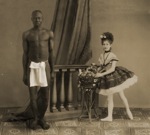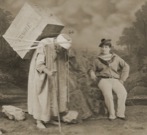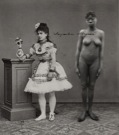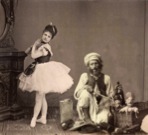Home / Works / Biography / Teaching / Contact & Links



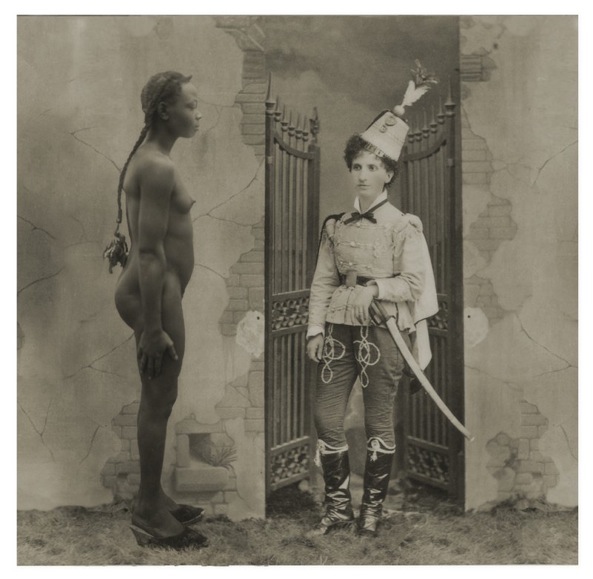
Paolo Mantegazza, founder of the Museum of Anthropology in Florence, believed, contrary to his contemporary, Lombroso, that the characteristics of human nature could not be revealed by a simple study of inherited traits, such as the shape of the skull and the facial proportions, but that the secret of the future science of psychology hides in a fragment of time, so to speak, in the temporal slice cut out by a photo camera; because human nature is revealed in a fraction of a second and a moment later it deceives and hides the truth. With this in mind, and with the help of photographic studios, Mantegazza devoted himself to the study of the expressions of pain, exposing his subjects, as well as himself, to unpleasant smells and noises, blinding light and the crushing of the fingers. He also gathered many examples of the grimaces of pain in works of art, from the Laocoön to the bereaved romantics, collecting everything in a folder which is still today kept in the archive of the museum in Florence. But the most extensive among the contents of the archive are hundreds of photographs of human specimens. Along with a parade of Florentine ladies, chosen among the representatives of those professions which guarantee a refined expression, such as ballet dancers, sopranos and stars of theater, much more numerous are the samples of human beings from distant and exotic places in the world. Mantegazza traveled from Lapland to South America, observing cultures, as well as performing surgeries, to confirm to himself and to his contemporaries, with the certainty of the scientist-classifier of his time, the validity of the widely shared convictions about the hierarchy of the races. To prove that, he also relied on his studies of pain, repeatedly stating that “inferior races” have a significantly higher resistance to pain, especially when it comes to more delicate pains that a Pygmy or an Indian could hardly feel. But, the natives of the colonies were also considered resistant even to the most intense pain, since in contact with a surgical knife, as reported by Mantegazza in his book “Physiology of pain” they show less response compared to an average European. And even when it reacts to pain, a savage does it so unusually, differently, with more crudeness when compared to a modern man, by shouting, hissing, screaming from the depths of his throat, and crying tears that because of an incomplete anatomical development, fall differently down their noses and cheeks. After all, physical pain, says Mantegazza, is nothing else but a mirror to morality, because the diversity of frowns caused by various types of pain is often paired by analogue facial expressions typical for moral suffering, such as melancholy, unrequited love, or loneliness, feelings so distinctive of a modern man.
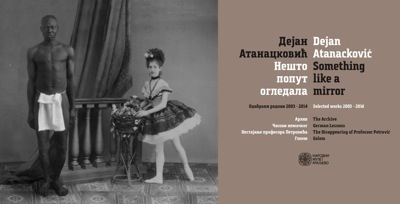

The Archive
photomontage series (inkjet prints on Canson paper)
presented at the National Museum of Kraljevo, Serbia
May 27 - June 8, 2014
The work is based on the archive material of the Museum of Anthropology in Florence.

